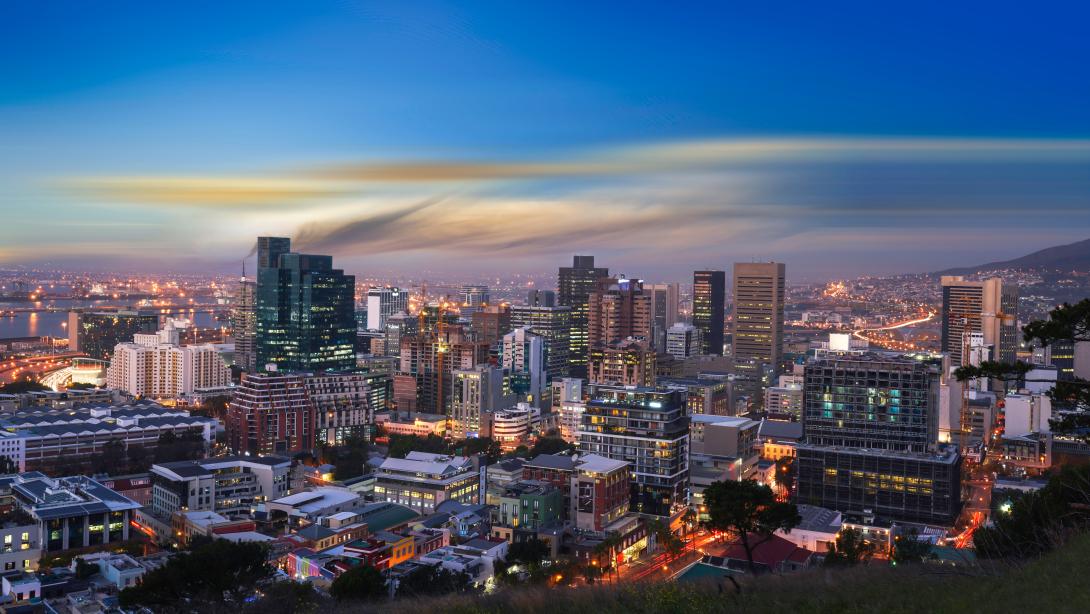
In an effort to decrease their dependence on developed countries, numerous African nations are employing a strategy of 'Import Substitution Industrialisation' (ISI) to increase their self-sufficiency in the manufacturing industry and stimulate domestic production.
Commonly viewed as the last frontier offering generous yield opportunities, Africa finds itself at the centre of the developed world's investment appetite. In recent years, the focus has shifted away from the continent's abundance of natural resources and cast agriculture, technology, infrastructure and manufacturing into the spotlight. The advancement of these industries in unison will transform Africa into a continent of economic exports, meeting with the African Union's (AU) 'Agenda 2063' to create a prosperous Africa based on inclusive growth and sustainable, people-driven development.
Import substitution industrialisation
In order for ISI to work effectively, governments need to withhold hard currency held in central bank reserves. This limits the amount that can be used by locals to purchase imported goods and equipment. Governments want hard currency to be spent only on 'essentials', which are anything that is not, and cannot be produced domestically.
This method is designed to increase spending on domestic products and subsequently, stimulate the manufacturing industry and decrease unemployment. However, in order for this to be achieved, governments should facilitate the building of manufacturing plants; an unrealistic task for those African governments which find themselves engulfed in debt.
Filling the void
The continued push for ISI, and the potential it holds for invigorating the African manufacturing industry, has aroused significant interest from foreign investors. With some African governments unable to provide the necessary financial might needed to establish manufacturing and processing plants, foreign investors are beginning to fill the void.
Fashion at the fore
Nigeria has long produced cotton as one of its main crops. However, offset by the country's oil boom in the 70s and 80s, the cotton industry was neglected and productivity halved from 60,000 MT in 1979, to 30,000 MT in 1988. As a result, the government and locals became increasingly dependent on foreign imports. The Ministry of Industry, Trade and Investment's statistics highlight that between 1980 and 2016, 145 companies active within the Nigerian textile industry had shut down due to a harsh economic climate.
Interestingly, a large proportion of foreign textile imports into Nigeria came from China, yet they are now stepping in to aid Nigeria's ISI strategy, with a recent Memorandum of Understanding having been signed between the Ministry of Industry, Trade and Investment and textile manufacturer Shandong Ruyi International Fashion Industry.
Shandong plan to invest N610bn into the country's cotton industry, enabling Nigeria to create its first cotton value chain sector. This will facilitate cotton production from its initial growing phase right through to garment creation and, in many respects, play a major role in resurrecting the Nigerian manufacturing industry.
Notably, China is now building manufacturing facilities across the continent not out of philanthropic desire, but simply because if raw materials are integrated correctly, it is cheaper to manufacture in Africa rather than China.
In a further effort by African governments to attract foreign investment, investors can often expect to benefit from incentive packages and economically beneficial zones dedicated to specific industries, similar in intention to the numerous UAE-based free zones. Nigeria, Ghana, Ethiopia, Rwanda, Kenya and Mozambique are just a few countries to have already taken these steps. Nigeria has in fact devoted three of its six economic zones solely to manufacturing, using incentives such as tax-free imports of equipment, three-year tax holidays and preferential procurement processes to lure foreign investment.
An industry with potential
With considerable investments like that of Shangdong Ruyi suggesting optimism within African manufacturing, statistics from the Overseas Development Institute add further confirmation of growth - between 2005 and 2014 African manufacturing production more than doubled.
To enable manufacturing growth to continue, infrastructure throughout the continent must advance. Improved infrastructure will reduce trade costs and help African manufacturers fuse with regional and international trade networks, enabling nations and continent alike to fully integrate into the global economy and raise GDP.
Whether you are looking to set up or expand your operations in AMEA, Ocorian have developed a suite of services to help your business navigate an increasingly complex regulatory environment and make the most of this region's potential.
Related Items
View all
